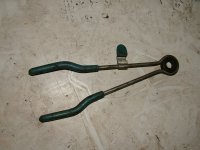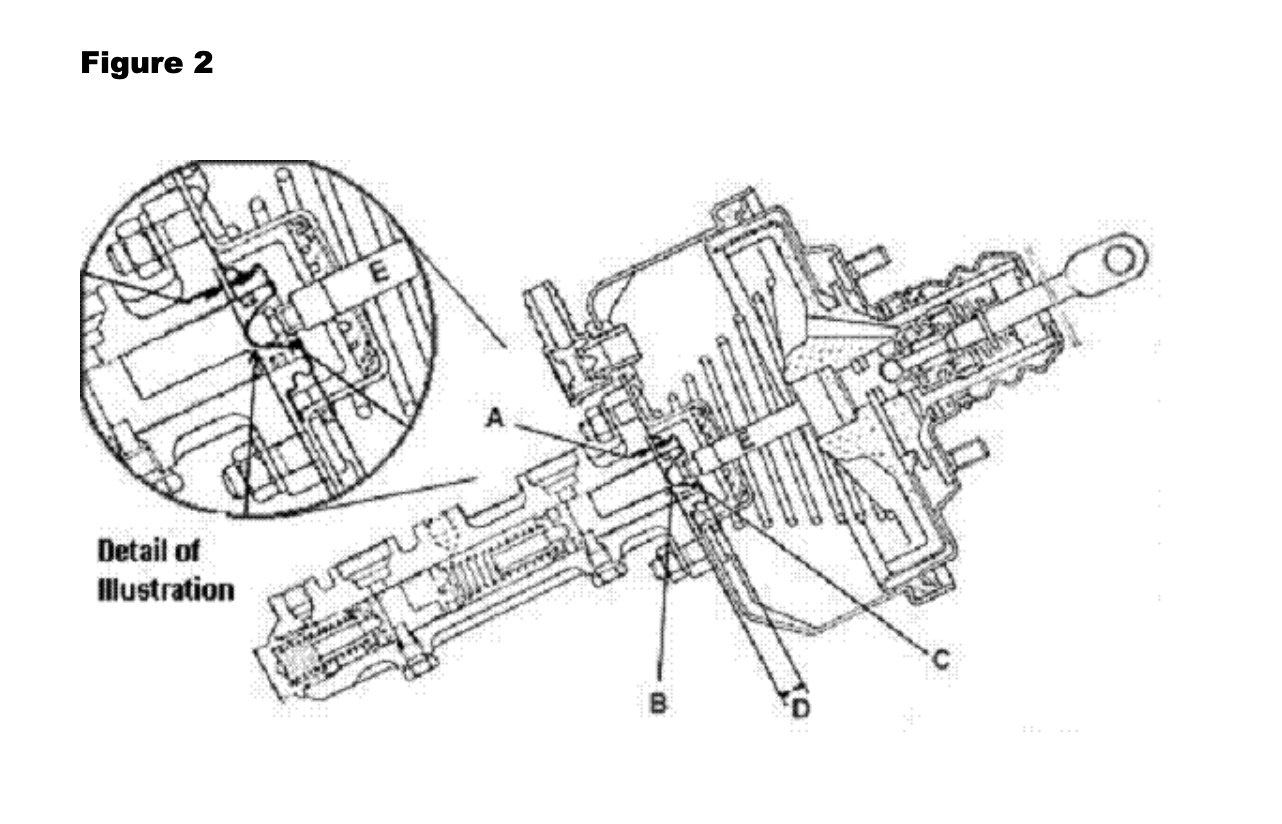gatoslocos
New member
Hello all, I have a new to me 1982 Fiat Spider. Beautiful! Brakes were good but brake booster had vacuum leak. Installed new brake booster, and while I am there, changed master cylinder, 4 calipers and pads, brake lines, and brake compensator. Brakes are VERY WEAK. With engine on, I can push pedal to the floor (with some effort). I have changed the master cylinder twice now. In both cases, I bench primed and then primed in place as well. I have used multiple schemes to ensure no air in the system (push from the reservoir and pull from the bleed valves).. Beautiful clean liquid comes out the caliper bleed plugs. I originally did not change all the above, but in the process of trying to make it work again, I have progressively changed more and more, with new parts from Midwest Bayless.
Help!!!! I do have car experience and have restored some cars before but of course plenty of you know more than I do.
Some details/symptoms:
I did have to regulate the brake booster piston length to a very low amount to match the original one. I know if I "make it longer" then I cannot pass liquid through the front brakes. Now, it is just barely pressed when I fasten the master cylinder over it. All four calipers can be bleed very nicely.
When I press the pedal, it has maybe 1 or less of "Free play" (seems ok). The whole brake pedal travel is around 10 cms. At around slightly less than half the brakes are strong enough that I cannot push the car, but I should not be able to push the pedal all the way down (which takes some effort but still that is not correct). Again, I have primed the master cylinder several times and I can see no bubbles at all.
Somebody please take pity on me and tell me the obvious thing I am doing wrong...
-Frustrated,
D.
Help!!!! I do have car experience and have restored some cars before but of course plenty of you know more than I do.
Some details/symptoms:
I did have to regulate the brake booster piston length to a very low amount to match the original one. I know if I "make it longer" then I cannot pass liquid through the front brakes. Now, it is just barely pressed when I fasten the master cylinder over it. All four calipers can be bleed very nicely.
When I press the pedal, it has maybe 1 or less of "Free play" (seems ok). The whole brake pedal travel is around 10 cms. At around slightly less than half the brakes are strong enough that I cannot push the car, but I should not be able to push the pedal all the way down (which takes some effort but still that is not correct). Again, I have primed the master cylinder several times and I can see no bubbles at all.
Somebody please take pity on me and tell me the obvious thing I am doing wrong...
-Frustrated,
D.



